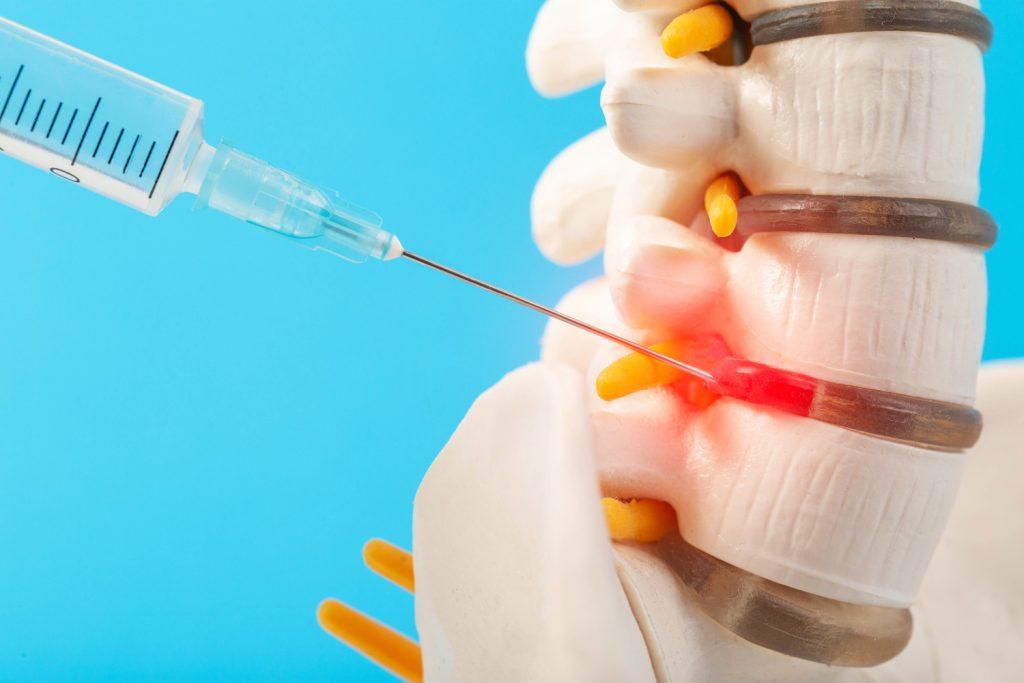PRP and Stem Cell Therapy: Miracle Healers or Medical Hype?

This article investigates whether PRP and stem cell therapy live up to their reputation as miracle healers or if they’re merely hyped medical treatments. It delves into their mechanisms, benefits, risks, and side effects. Additionally, it explores the conditions they address, success rates, limitations, controversies, and costs. Join us as we uncover the reality behind these innovative medical approaches.
What Is PRP and Stem Cell Therapy?
Regenerative medicine employs techniques like Platelet-rich plasma (PRP) and Stem cell therapy to utilize the body’s natural healing capabilities for tissue repair and regeneration. PRP involves concentrating platelets and growth factors from the patient’s blood and injecting them into damaged tissue for accelerated healing.
On the other hand, stem cell therapy utilizes the patient’s stem cells to regenerate diseased or damaged tissues. These advancements provide hopeful avenues for treating previously untreatable conditions like musculoskeletal injuries, chronic wounds, and degenerative diseases.
What Are the Differences Between PRP and Stem Cell Therapy?
PRP and Stem Cell Therapy diverge in composition and function. PRP utilizes concentrated platelets from the patient’s blood to stimulate healing, while Stem Cell Therapy employs undifferentiated cells capable of regenerating various tissues.
PRP releases growth factors to trigger natural healing, particularly effective for orthopedic issues like tendon injuries and osteoarthritis. With its versatile cells, Stem Cell Therapy addresses conditions needing extensive tissue repair, promoting long-term healing and improved joint function.
How Does PRP and Stem Cell Therapy Work?
PRP and Stem Cell Therapy utilize cellular therapy and biologics to stimulate tissue repair and regeneration. PRP extracts platelets rich in growth factors from the patient’s blood, which is crucial for tissue regeneration.
Conversely, Stem Cell Therapy utilizes stem cells capable of differentiating into various cell types, aiding tissue repair, and promoting new cell growth.
These treatments address ailments at a cellular level, activating the body’s natural healing processes and enhancing regenerative mechanisms for accelerated recovery and improved outcomes.
What Are the Possible Mechanisms of Action?
PRP and Stem Cell Therapy promote regeneration, particularly in orthopedic conditions and tissue engineering. PRP delivers growth factors to the injury site, activating natural healing. Stem Cell Therapy utilizes stem cells to repair tissue and stimulate new cell growth.
Tissue engineering advancements enable the creation of scaffolds that mimic cellular environments, enhancing treatment efficacy. This approach offers more tailored and personalized therapies for orthopedic injury patients.
What Are the Benefits of PRP and Stem Cell Therapy?
Promotes Tissue Regeneration: PRP and Stem Cell Therapy harness the body’s healing potential to promote tissue regeneration, particularly in joint repair. PRP utilizes platelets rich in growth factors to initiate the healing process. At the same time, Stem Cell Therapy employs specialized cells to regenerate damaged tissues, offering hope for joint injuries and degenerative conditions.
Reduces Inflammation: PRP and Stem Cell Therapy demonstrate anti-inflammatory properties by utilizing biologics to reduce inflammation. Cytokines and growth factors in these therapies modulate the inflammatory response, decreasing swelling and pain while stimulating natural healing mechanisms for tissue repair.
Stimulates Collagen Production: PRP and Stem Cell Therapy stimulates collagen production, essential for tissue repair and regeneration. By leveraging cellular therapy and Platelet-Rich Plasma, these treatments accelerate healing and support the formation of solid collagen fibers, which are crucial for tissue structure and function.
Improves Joint Function: PRP and Stem Cell Therapy revolutionize regenerative orthopedics by improving joint function. PRP injections stimulate natural healing and tissue regeneration, while Stem Cell Therapy targets the root cause of orthopedic conditions, offering long-term healing and improved joint mobility.
What Are the Risks and Side Effects of PRP and Stem Cell Therapy?
Infection: Infection poses a significant risk in PRP and stem cell therapy, especially in procedures involving adipose tissue and bone marrow. Stringent protocols and precautions, guided by specialized consult services, are essential to minimize contamination and infection risk. Clinical trials emphasize the importance of maintaining sterility during preparation and administration, reducing adverse outcomes.
Bleeding: Bleeding is a potential side effect, particularly in conditions like Corticosteroid-Induced Osteonecrosis, necessitating careful monitoring and management through specialized programs. Orthopedic surgeons acknowledge bleeding risks, emphasizing the need for thorough clinical trials and personalized therapy programs to mitigate risks and optimize outcomes.
Nerve Damage: Nerve damage is a potential complication, highlighting the importance of precise administration techniques, as seen in cases involving athletes like Rafael Nadal and Tiger Woods. Medical professionals must possess expertise in delivering these treatments accurately to avoid nerve-related complications. Precision in injection methods is crucial for effective therapy without harming surrounding nerves, particularly in high-stakes scenarios like those faced by elite athletes.
What Conditions Can Be Treated with PRP and Stem Cell Therapy?
PRP and Stem Cell Therapy offer effective treatments for osteoarthritis, tendon injuries, ligament injuries, and skin rejuvenation by harnessing the body’s natural healing mechanisms. These therapies promote tissue repair and regeneration without invasive procedures, reducing pain and improving joint function in osteoarthritis.
Stem Cell Therapy accelerates tendon healing by promoting regeneration and recovery, reducing the risk of recurrent injuries. Orthopedic surgeons use Regenerative Medicine alongside biologics in ligament injuries to stimulate tissue regeneration and promote long-term healing.
Regenerative Medicine techniques in skin rejuvenation focus on utilizing adipose tissue to stimulate collagen and elastin production, resulting in improved skin texture and reduced signs of aging. These interventions offer sustainable rejuvenation benefits by targeting the root cause of skin aging.
What Is the Success Rate of PRP and Stem Cell Therapy?
PRP and Stem Cell Therapy demonstrate high success rates through positive patient outcomes, showcasing their clinical efficacy and therapeutic benefits. With these treatments, patients experience improved pain management, reduced inflammation, and enhanced tissue regeneration.
Studies indicate that PRP injections and Stem Cell Therapy accelerate healing by activating the body’s natural repair mechanisms, providing long-term relief for musculoskeletal conditions like osteoarthritis and tendon injuries.
What Are the Limitations and Controversies Surrounding PRP and Stem Cell Therapy?
PRP and Stem Cell Therapy encounter limitations and controversies, especially in orthopedic applications and their anti-inflammatory properties. Challenges include variability in patient response and the absence of standardized treatment protocols.
Regenerative orthopedics experts stress the need for comprehensive research to fully understand the healing mechanisms. Due to questions about their anti-inflammatory effects, controversy surrounds the long-term efficacy and safety of these treatments for managing conditions like arthritis and tendon injuries.
How Much Does PRP and Stem Cell Therapy Cost?
The cost of PRP and Stem Cell Therapy varies, influenced by factors like the extent of regenerative orthopedics involved, the nature of the condition being treated, and the level of medical breakthroughs integrated into the treatment plan.
Warning: urlencode() expects parameter 1 to be string, array given in /www/wwwroot/surgeryconsultantsofflorida.com/wp-includes/formatting.php on line 5693

